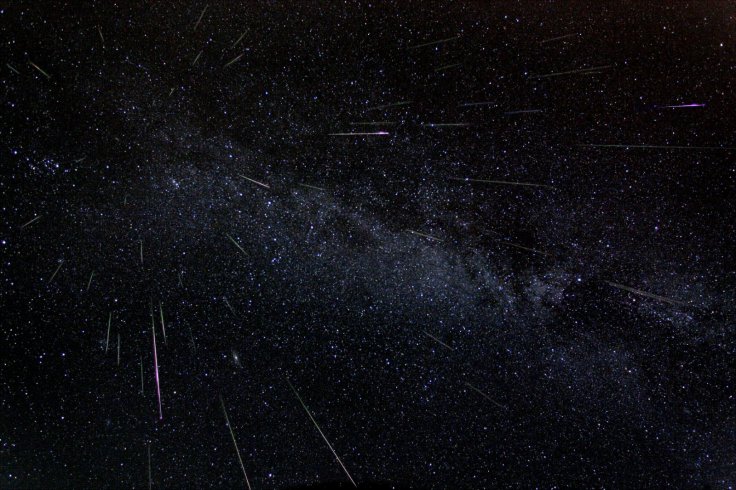
Concerns over the effect of SpaceX's Starlink project on astronomy grew after its satellites severely affected the visibility of a rare meteor shower. According to experts, the satellite constellation developed by Elon Musk's company could eventually hinder the operations of monitoring systems, designed to keep track of space rocks.
The meteor shower from the constellation Unicorn, which is also known as Monoceros, debuted last week with hundreds of shooting stars darting across the sky. It was considered as a rare cosmic event because the last time the Unicorn meteor shower produced such an outburst was in 1995.
Photobombing The Rare Unicorn Meteor Shower
Unfortunately, observatories monitoring the cosmic event were not able to properly witness the meteor shower due to the sudden appearance of SpaceX's Starlink satellites. One of the facilities that captured the incident was the Global Meteor Network's (GMN) Farra Observatory in Italy.
In a video released by the GMN, several meteors can be seen streaking across the sky. However, after a while, several Starlink satellites began to appear, obstructing the visibility of the meteors. As seen in the video, the satellites appeared like a train of stars. Due to the satellites' brightness, it became challenging for GMN astronomers to differentiate the satellites from the meteors.
Starlink's Effect On Meteor Monitoring Systems
After viewing the video and going over the images taken by GMN, Bill Cooke, the head of the Meteoroid Environment Office of NASA, expressed his concerns regarding the effect of the satellites on the capabilities of observatories automated monitoring systems. According to Cooke, SpaceX's project could affect how sky-monitoring facilities operate.
"It was a real eye-opener," he told Space Weather, "This kind of thing could force us to change how we write software to auto-detect meteors."

Concerns For The Future
Like Cooke, meteor researcher Denis Vida is also worried about the possible effects of SpaceX's satellites on astronomy in general. Vida noted that things might get worse in the future once SpaceX completes its goal of deploying a total of 42,000 Starlink units in low-Earth orbit.
"One has to be concerned how will our skies look like when hearing that there are plans to launch a total of 42,000 satellites," the researcher stated on a GMN blog post. "This might completely deny us to do any optical meteor observations as soon as 2024."









